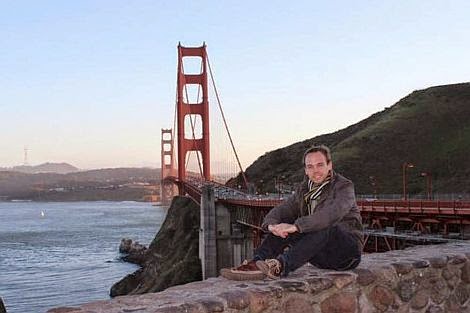As if awaking from a stunned stupor, (incapacitation with
breathing perhaps?) the Bureau d’Enquêtes et d’Analyses, the French air
safety investigatory authority, has suddenly spoken. After six days in which
French law enforcement has all but wrapped up the case of the crash of Germanwings
Flight 9525, the spokeswoman for the BEA has told The New York Times,
her agency’s ire was focused on the shocking leak of the content of the cockpit
voice recorder, but had no statement about the appropriateness of concluding
the cause of the accident without recovering crucial pieces of evidence.
That wise disclaimer was left for Jean-Pierre Michel an
official with the judicial police who, in one of the only moderate statements to
emerge from this fiasco told the Times, “we have no right today to rule out
other hypotheses including the mechanical hypotheses, as long as we haven’t
proved that the plane had no problems.”
Michel arrived in Germany on Friday “to coordinate the
action of French investigators” which I can only hope is bureaucrat speak for,
trying to regain control of an investigation that turned into a media circus when the prosecutor in Marseilles concluded the pilot wanted to
destroy the aircraft.
This rocket scientist made the statement that investigators knew the pilot was not incapacitated because they could hear
him breathing. Well incapacitation means alive and helpless therefore breathing. (Should I have to point that out to someone who went to law school?) It was at that moment that I realized the gravity of the shift of this probe
from the tin kickers to the law enforcers.
Martine del Bono, spokeswoman for the BEA, has been
completely silent, failing to answer my calls or emails. From the quote in the
Times, however, I see where the blame for the mess is going from her perspective.
For years, I’ve listened to accident investigators gripe
about social media and how quickly news is disseminated. From runway overruns to macadamia nut fracus to #hashtag #trending with a single click.
Investigators don’t know about social media. They don’t like social media. About the bitching and moaning on this subject at an air safety investigators’ conference in 2013, I wrote, “aviation regulators and airline executives are frustrated by
social media as a communication source –
about which they know little but the disturbing fact that they cannot control it,
even when the information is distorted or flat out wrong.”
The scenario in Germanwings, as explained to me, is that once Nicola Clark of the New York Times broke her fabulous exclusive that the captain was
locked out of the cockpit based on the statement of an unidentified military
official, it began a cascade of events that culminated in the “we can all wrap
it up and go home” conclusion of the Marseilles prosecutor Brice Robin.
This would have been the time for the BEA to use its
considerable knowledge base to call its own news conference and explain to
reporters that accident investigations are complicated affairs. That much, Much, MUCH, information lies on the mountainous terrain of the Alps and that
their sworn duty is to collect it, examine it and let it lead them
scientifically to the cause. Or at the very least to urge moderation in their reporting.
Instead the department sat silently by while journalists and criminal investigators used a mountain of speculation, innuendo and pseudoscience
to create a portrait of a quiet maniac based on shredded doctors notes and an
interruption in the first officer’s pilot training.
I have no idea what happened on that airplane, but I know
how accident investigations are handled and this one has been off the rails
since the criminal investigators got involved. There’s no getting it
back. The BEA can blame the Times. It can blame unnamed “leakers”. It can blame the twitter-sphere. It should examine its own inability to adapt to a changing environment and ask, “Who really gets wet when pissing in the wind?”
Regardless of whether this pilot was a perpetrator or a victim like
everyone else on the plane, it is important to know what really happened.
That’s in serious danger now as prosecutors, in a race to prove their initial
hunch, go out to find the evidence to support their theory.

Author of The New York Times bestseller, The Crash Detectives, I am also a journalist, public speaker and broadcaster specializing in aviation and travel.












